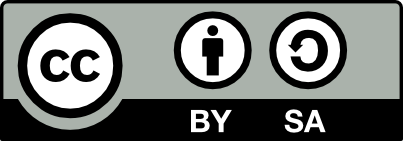Kunst und Künstliche Intelligenz (KI) – Zu den Möglichkeiten einer kognitiv-orientierten Diskursanalyse / AI and Art – The Potential of a Cognitive-Oriented Discourse Analysis)
DOI: 10.23817/lingtreff.20-17 (published online: 2021-12-09)
pp. 249–259
Keywords: cognitive discourse analysis, artificial intelligence, art, frame-semantics
In the past five to ten years, artificial intelligence (AI) technologies have made a noticeable contribution to art. Literature, music and painting are among the fields that are most influenced by algorithmic applications and (humanoid) robot systems. On the surface, the discourse accompanying these developments has a polarizing touch being typical for innovation debates. With this in mind, the question arises as to which subtle aspects of meaning structure the discourse on art and AI. Discrete aspects of meaning may be indicators of changes going on in the field of art. This study shows how a cognitively oriented linguistic discourse analysis can contribute to the examination of a currently relevant field of discourse, as well as to the identification of frames that shape this discourse. The aim of this article is to use an exploratory approach to outline the concept of ‘creative’, respectively ‘creating’ and to determine potential shifts in meaning. Frame semantics and FrameNet serve as the theoretical and analytical framework. Based on a 230,655-token large and thematically relevant corpus, the realized semantic roles of the verb ‘create’, respectively the CREATE frame are determined and quantitatively evaluated. By comparing the number of the concrete realizations of roles against the data obtained from a reference corpus, it is possible to identify discourse-specific aspects of meaning in the art/ AI discourse. The analysis shows that the biggest differences between the focus and reference corpus concern the realization of the frame elements INSTRUMENT and PURPOSE. Whereas the INSTRU- MENT role is more often explicated in the focus corpus than in the reference corpus, the opposite effect applies to the PURPOSE role. The unmentioned purpose (role) in the examined focus data can indicate a certain novel character of AI-generated art. The results of the analysis of the INSTRUMENT role in the focus corpus, on the other hand, indicate that the instrument or tool – which is often used to refer to AI - represents an important aspect of meaning in the artistic process of creation. With the help of the theoretical and analytical instruments of cognitive discourse analysis, this contribution detects the non-obvious semantic fixations and changes in the current conceptualization of the art/ AI interface.

